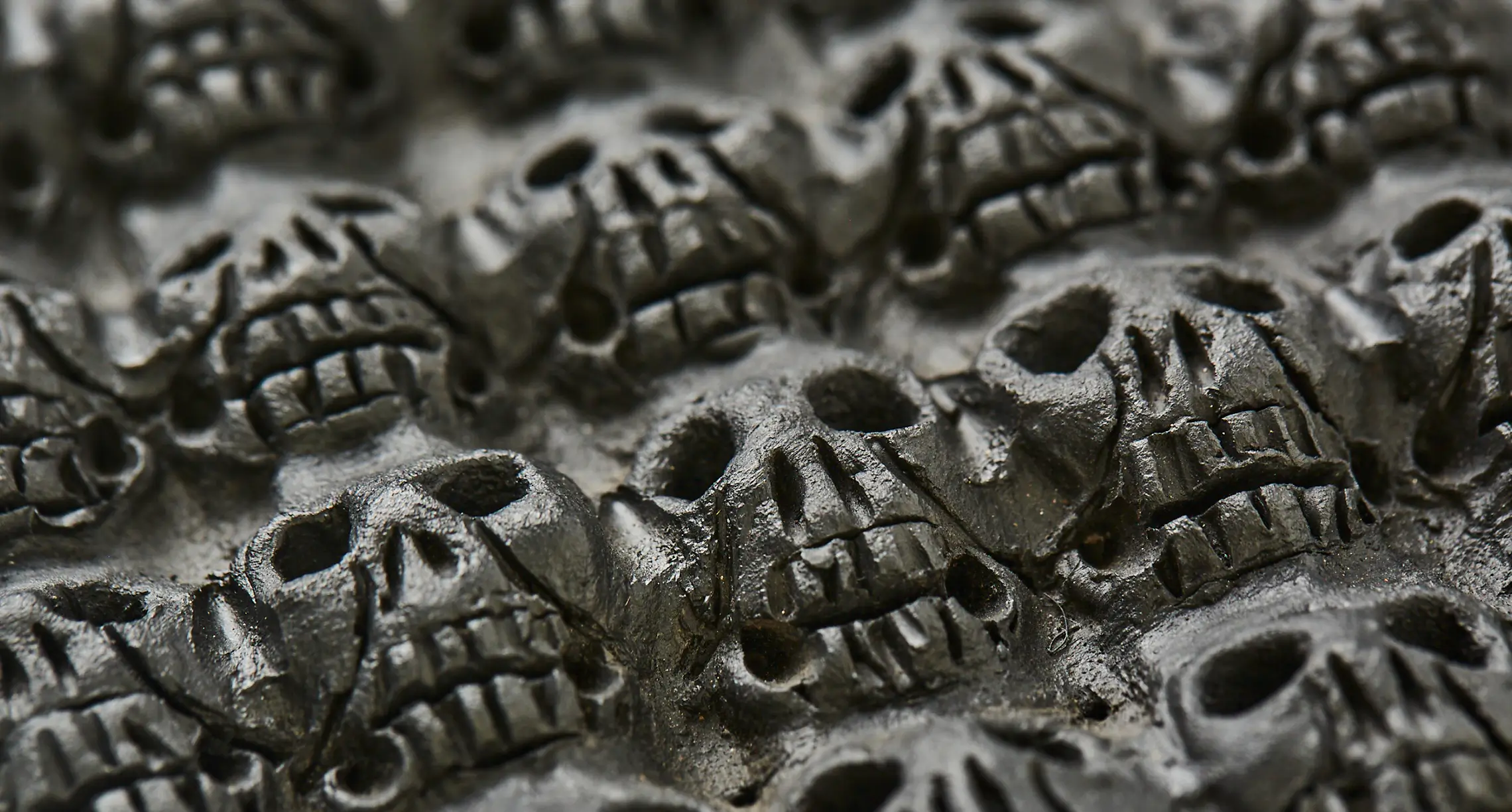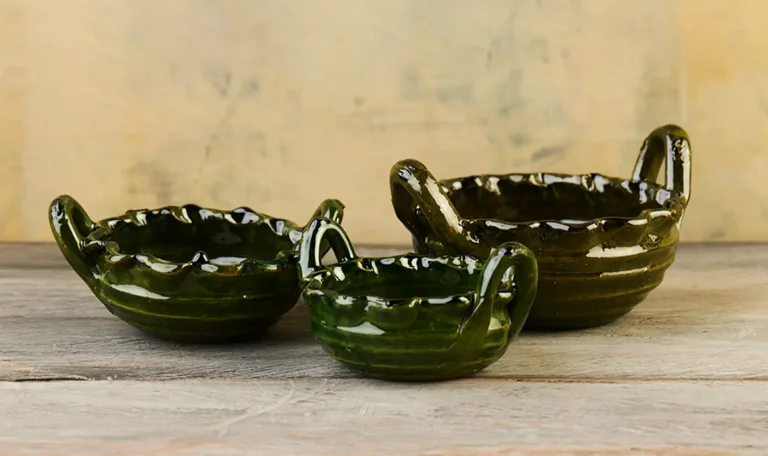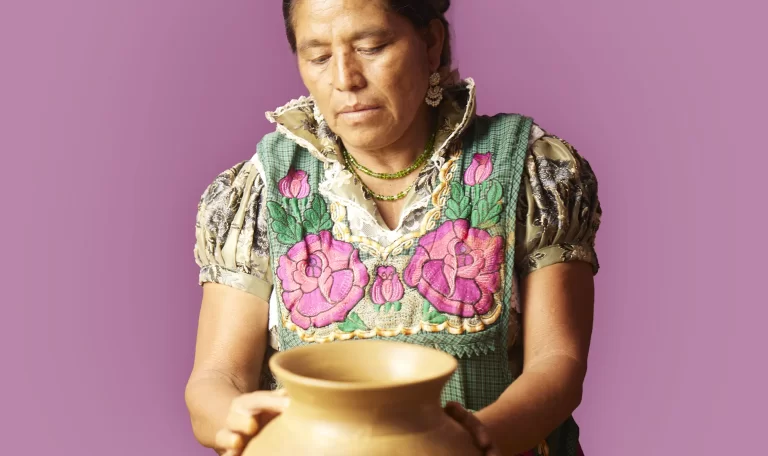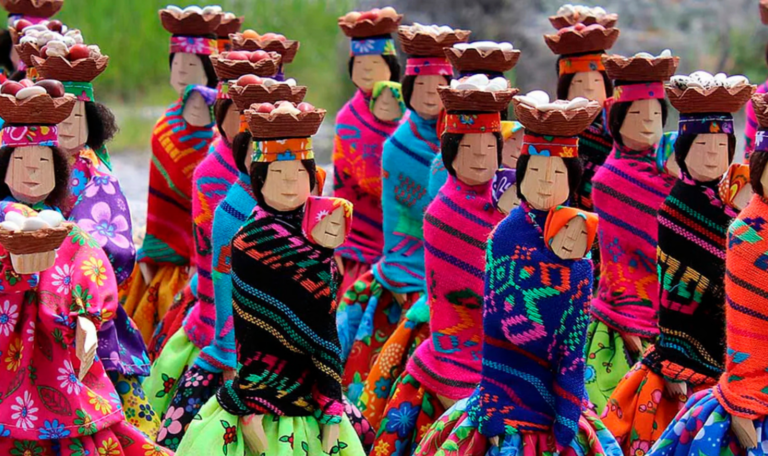By: Chandra Martínez
Day of the Dead, a joyful celebration of life through death, accompanied by the cornucopia that overflows with sugar skulls and papier-mâché skulls, papel picado, flowers, incense, fruit, samples of Mexican gastronomy, elements offered to remember and bring back our dead through what made them enjoy the world in life. What is the origin of the celebration that we anticipate every year to reconnect with the memories of our dead?
The celebration of the Day of the Dead has its roots in pre-Hispanic Mexico, linked to the cult of the dead, in particular, to the mortuary rituals of various cultures that guided their souls to the space-time of death that corresponded to them, among them the Mictlan. Today, our celebration is a product of cultural syncretism between pre-Columbian customs and those introduced in New Spain from the 16th century onwards of European origin. The Catholic cult of All Saints’ Day and All Souls’ Day, the former associated with the veneration of relics in churches, convents and sanctuaries, and the latter established after the plagues of the 14th century with the purpose of praying for the forgiveness of the Catholic dead, both of medieval origin and celebrated since their establishment on November 1 and 2, respectively, Both of them, as well as their festivities, were adapted in the cities with a greater presence of Spaniards and Creoles, while the indigenous population embraced these traditions over the years through the regular indoctrination carried out by the Church as part of its evangelization and spiritual conquest project.
Over time, a new ritual space to be used on November 2 emerged and represented another change in funeral customs. Because of the growing concerns caused by the human corpses that perished due to epidemic diseases and their miasmas, the Spanish Crown ordered in 1787 the construction of cemeteries far from the towns, exhuming definitively the dead outside the churches. The nineteenth-century chronicler Ignacio Manuel Altamirano relates: “On either side of the highway and the railroad and under the shade of the poplars and poplars that line the road, walked an uninterrupted procession of happy and turbulent people […]. It was the pedestrian town of Mexico […]. The families carried together with some candles and crespons or black flowers, bouquets of natural flowers, wreaths of evergreen or cypress and baskets with food and fruits and huge jars of pulque.”

The subject of death has had different treatments as a result of complex historical processes.and sociocultural traditions of Mexico, culminating in the twentieth century with the political satire of José Guadalupe Posada. Carlomagno Pedro Martínez (San Bartolo Coyotepec, 1965), heir to the black clay pottery tradition that the inhabitants of San Bartolo Coyotepec in Oaxacahan have maintained for many generations, deeply understands the role of rituals surrounding death in the construction of Mexican identity. A maker of surreal and macabre images, Carlomagno is dedicated to shaping and representing mosaics of the indigenous cosmovision, as well as diverse mestizo traditions through clay. The image of a black ear of corn and its kernels replaced by skulls refers us to the agricultural cycle of corn, associated with life and death. In contrast, the piece Notes on the Origin celebrates life in its most mundane manifestations and the simultaneous and perpetual mourning against death in our daily lives, a reminder that we face every Day of the Dead. Both pieces on display, we invite you to get to know the work of master artist Carlomagno Pedro Martínez, as well as various pieces of material culture from the states of Oaxaca and Chihuahua at De Corazón México.





